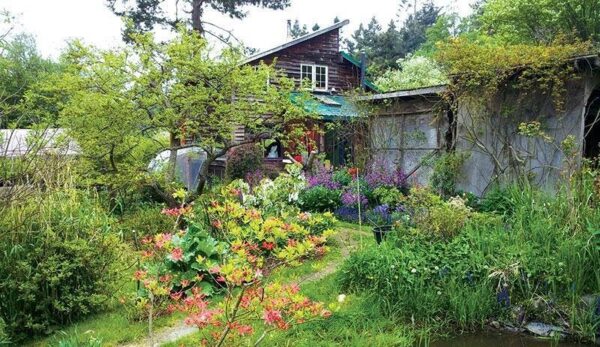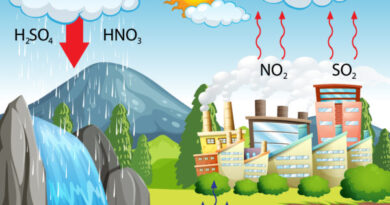Embracing Permaculture: Cultivating Sustainable Harmony with Nature
In today’s quest for sustainable living, permaculture emerges as a profound philosophy and practical approach that integrates ecological principles with human systems. More than just a method of gardening, permaculture embodies a holistic mindset aimed at creating resilient ecosystems and communities. This blog delves into the essence of permaculture—its origins, core principles, tangible benefits, and how individuals can embrace its practices to foster sustainable harmony with nature.
Understanding Permaculture:
Permaculture, coined from “permanent agriculture” and “permanent culture,” was conceived by Bill Mollison and David Holmgren in the 1970s. It goes beyond sustainable agriculture to encompass a comprehensive set of ethics, principles, and techniques that mimic natural patterns to design human habitats that are regenerative rather than depleting.
Core Ethics and Principles:
At the heart of permaculture lie three ethical principles—Earth Care, People Care, and Fair Share. These ethics guide a set of twelve design principles that shape sustainable living practices. From observing and interacting with natural systems to integrating rather than segregating elements, permaculture encourages a mindful approach to designing human systems in harmony with ecological patterns.
Benefits of Permaculture:
Environmental Stewardship:
Permaculture practices foster biodiversity, improve soil health through natural methods like composting and mulching, and promote efficient water use through techniques such as rainwater harvesting and swales.
Social and Economic Resilience:
By enhancing food security through localized food production, fostering community cohesion through shared knowledge and resources, and reducing household expenses through energy-efficient and waste-reducing practices, permaculture strengthens community resilience and economic self-sufficiency.
Practical Applications in Daily Life:
Sustainable Gardening:
Starting with small-scale gardens or urban plots, permaculture emphasizes the use of native plants, companion planting, and organic soil management techniques to create productive and resilient food-growing spaces.
Energy Efficiency:
Implementing renewable energy sources such as solar panels, passive solar design for heating and cooling, and energy-saving practices reduces reliance on non-renewable resources and lowers household carbon footprints.
Waste Reduction:
By composting organic waste, practicing recycling, and upcycling materials into new uses, permaculture minimizes waste and promotes a circular economy within households and communities.
Conclusion:
Permaculture offers a transformative pathway towards sustainable living by harmonizing human activities with natural ecosystems. Whether you’re passionate about gardening, reducing environmental impact, or fostering community resilience, embracing permaculture principles empowers individuals to become stewards of a regenerative future. By cultivating sustainable practices in our daily lives, we contribute to a healthier planet and more resilient communities, ensuring a legacy of harmony and abundance for generations to come.
FAQs:




